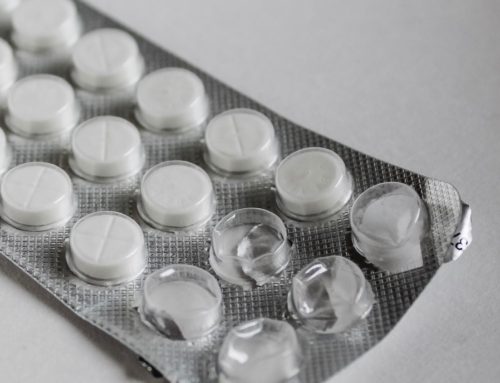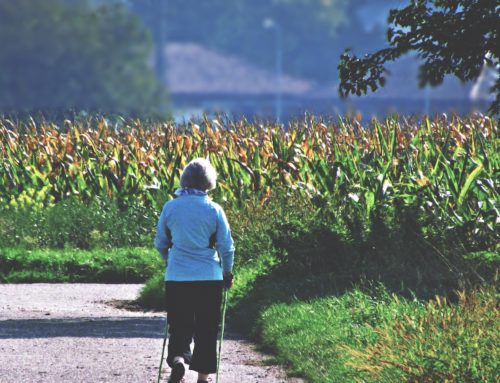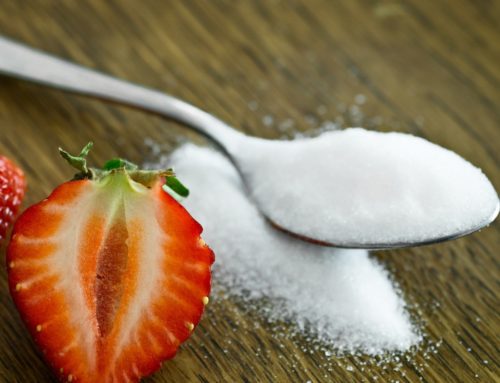What to eat has always spurred huge debate. First we were told that fat was the problem. Carbs were the next scapegoat. Sugar and the resulting sugar cravings, however, is the real problem.
You often hear that each generation of Americans is getting bigger and heavier. Kids nowadays are heavier than kids were thirty years ago and we often attribute that weight gain to how much food they eat and their large amount of screen time. Lack of exercise is a large contributing factor, but food was just as abundant last generation as it is now. There is likely another problem at hand.
180,000 annual deaths worldwide are caused by sugary beverages. That figure is from a study reported at American Health Association (AHA) annual meeting in 2013. We now know that the issue is not just about how much more we eat. The real problem is all the sugar we consume.
The Nitty-Gritty on Sugar in the Body
Let’s talk about some biochemistry. Sucrose is made of a molecule of glucose that is attached to a molecule of fructose. It is found in plants such as sugar cane, beets, and corn. When sucrose from plants is extracted and refined, you get table sugar.
Almost every cell in your body uses glucose for energy. That’s not the case with fructose. Only your liver can break down fructose, and when it does, it produces triglycerides (a type of fat), uric acid, and free radicals. Those high energy little molecules that can damage our cells.
Fructose causes a biological feedback cycle that makes you store fat and eat more. It’s a one-two punch. Here’s how it works. On a per-calorie basis, fructose in sugar increases insulin resistance more than other food elements do. Because fructose increases insulin resistance, the pancreas has to release higher levels of insulin to meet the body’s needs. However, insulin blocks the signals sent from the leptin hormone that tells the brain that the body has had enough food. With high levels of insulin, those signals don’t reach the brain easily and you keep eating. If you consume more sugar, the cycle continues. Sugar-loaded processed foods, including anything that contains high-fructose corn syrup which now appear on food labels under a variety of different names, are the main culprits.
The Problem isn’t Just the Empty Calories
Here’s how these findings are different from what we’ve been told for years about sugar. You’ve likely heard of the concept of “empty calories”. Here’s a summary: when you consume fructose, you gain calories without any antioxidants, vitamins, fibre, or any of the valuable nutrients that food can provide. If you gain calories from consuming fructose and other sugary foods, you would still have to eat more calories than you really need each day to gain those necessary nutrients too. The Department of Agriculture and the American Health Association, for example, took into account the empty calories theory when devising their nutritional guidelines.
Dr. Lustig, MD, a UCSF pediatric neuroendocrinologist, argues the concept of empty calories is a step in the right direction but does not completely explain the problems. From his findings, sugar isn’t like other foods you consume. Your body doesn’t react the same way to calories from the fructose in sugar compared to calories from other foods. Fructose causes more problems. Because of the biological feedback cycle fructose causes to occur in your body, a hundred calories of sugary foods will make you more obese than eating a hundred calories of most other foods. Fructose is more harmful than we imagine.
Solution to Sugar Cravings
From research, other doctors’ practices, and my work with patients, here are the best ways to eat less sugar and beat the sugar cravings.
1. Skip the sugar water
Get rid of all the sugary liquids in your house, including fruit juice.
Juice helps you gain calories far too easily. It’s easy to down five glasses of orange juice, but you likely won’t consume five oranges in one sitting. Although fruits also naturally contain fructose, the the fibre in fruit sends satiety signals to your brain and helps you naturally slow down your consumption.
If you do enjoy a sweet drink during your day, try this drink: mix 1 ounce of real fruit juice – pomegranate and blueberry juices are low in sugar – with sparkling water.
2. Reset those taste buds
For years we’ve been training our taste buds to crave sugar. You are born with a preference for (or against) sugar, but eating sweet foods constantly makes our sugar cravings rocket out of control. The sugar-loaded American diet trains our taste buds to crave sweet foods all the time. We sugar is addictive – literally. Your brain’s response to sugar is similar to its response to cocaine.
Try this: skip any added sugar for one week. You’ll find that your taste buds will change – you actually won’t crave sweetness the way you might today.
3. Take 5
Having some food? Before you grab your plate, take 5 deep breaths. Inhale. Feel the air fill your lungs. Exhale. Focus on how your body feels. Deep breaths signal to your body that it’s time to relax, slow down, and eat less. Enjoy your food. Every bite of it.
4. Keep sugary foods out of sight
You’ve likely heard this before because it works. Psychology researchers at Ohio State University found that junk food was spread out around the houses of obese study participants. Non-obese participants, however, kept sugary foods mostly in the kitchen.
Take five minutes now and tuck your snack food away in your pantry. This is a great first step in the right direction. The next step is to pop it in the trash and stop the habit of keeping a stash of junk food in your home. This includes the hidden stashes!
5. Sweeten your food yourself
Make your own food and sweeten it to taste. You likely won’t put as much sugar in your food as manufacturers will. Buy unflavored yogurt, unflavored iced teas, and oatmeal to add your own level of sweetness. Fruit-flavoured teas like peach or blueberry have no sugar and still taste sweet.
Chew on this
Here’s a fact: after my patients go on a sugar detox, they actually tell me that they don’t want their daily soda any more. The sugar cravings go away and they start to feel livelier. You can have the same experience too.
How have you cut down your consumption of sugar? Let us know in the comments!




